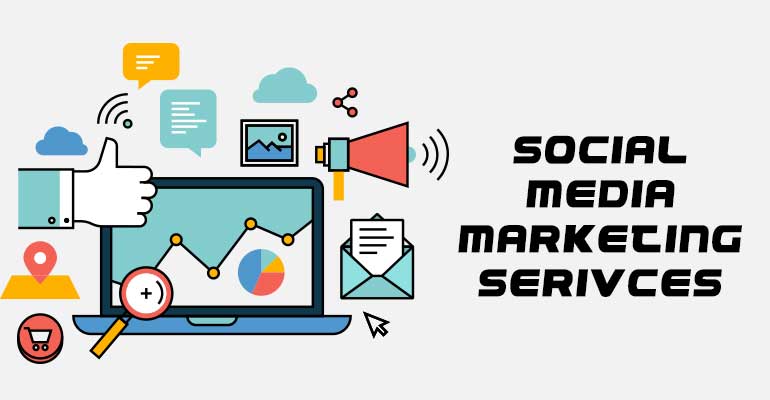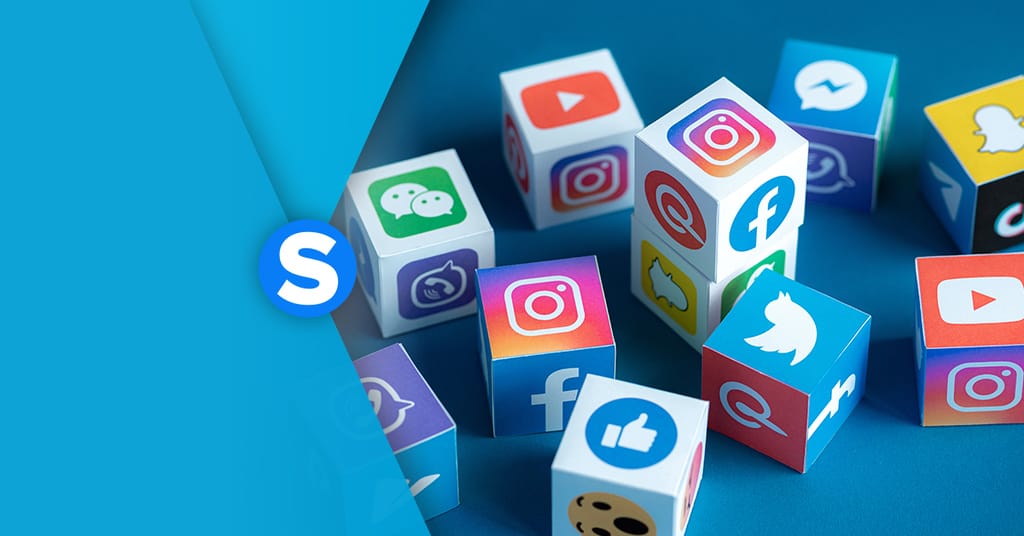In today’s digital world, understanding your audience isn’t just helpful—it’s essential.
When you partner with a social media marketing service, you’re not just getting posts and ads; you’re gaining access to valuable audience insights that can completely transform your campaign performance.
Why Audience Data Matters More Than Ever?
Think about the last time you scrolled through social media. You probably ignored most ads, right? That’s because they weren’t relevant to you.
But when an ad speaks directly to your needs or interests, you pay attention.
This is the power of audience insights. When you understand who your audience really is—not who you think they are—you can create content that actually connects.
According to recent findings, campaigns that use audience data effectively see conversion rates increase by up to 57% compared to those that don’t. That’s a game-changer for your marketing budget.
Simple Data Analysis Methods Anyone Can Use
You don’t need to be a data scientist to make sense of audience insights. Here are practical approaches that work:
1. Behavior Pattern Analysis
Look at what your audience actually does, not just what they say. Which posts do they engage with? What products do they browse the longest?
Track engagement patterns over time to spot trends you can use in your next campaign.
2. Segment Your Audience Effectively
One message doesn’t fit all. Breaking your audience into smaller groups helps you tailor your approach.
| Segment Type | What to Look For | How to Use It |
| Demographic | Age, location, income | Target specific life situations |
| Behavioral | Purchase history, website activity | Address specific interests and needs |
| Psychographic | Values, attitudes, lifestyle | Connect on emotional levels |
The most successful campaigns speak directly to specific segments rather than broadcasting general messages to everyone.
3. Conversation Mining
What are people saying about your industry or products? Social listening tools help you track conversations happening about topics related to your business.
When you know what questions people are asking, you can create content that provides answers they’re actively seeking.
4. Feedback Loop Creation
Data analysis isn’t a one-time thing. Create systems to continuously gather and interpret audience feedback.
After each campaign, ask:
- What resonated most with our audience?
- Which segments responded best?
- What unexpected patterns emerged?
Use these answers to refine your next campaign approach.
Turning Insights Into Action
Having data is one thing. Knowing what to do with it is another. Here’s how to transform insights into better campaign performance:
Content Personalization
When you know your audience segments well, you can create variations of your content that speak directly to each group’s specific needs and interests.
Personalized email campaigns generate 6x higher transaction rates than generic ones.
Timing Optimization
Audience data often reveals when your specific customers are most receptive to messages. Sending the right message at the right time can double your engagement rates.
Channel Selection
Your audience data might show that certain segments respond better on specific platforms. Don’t waste resources pushing content where your audience isn’t paying attention.
Message Refinement
Use the exact language and tone that resonates with your audience. When you mirror how they speak about their challenges and needs, they feel understood.
Real Results From Real Data
Companies that commit to data-driven marketing see tangible improvements:
- Shorter sales cycles as messages connect more quickly
- Higher customer satisfaction from relevant, helpful content
- Better ROI on marketing spend
- Increased customer loyalty through personalized experiences
Getting Started With Audience Insights
You don’t need fancy tools to begin. Start by:
- Reviewing your current customer data
- Setting up simple tracking for website and social media interactions
- Talking directly with customers about their experiences
- Testing different approaches with small audience segments
Remember, the goal isn’t to collect data for data’s sake. The goal is to understand your audience so well that your marketing naturally speaks to their real needs and interests.
The Bottom Line
When you truly understand your audience, marketing becomes less about shouting your message and more about having helpful conversations.
And conversations that help your audience solve real problems are what turn viewers into customers.
Start small, focus on actionable insights, and watch how understanding your audience transforms your campaign performance.



